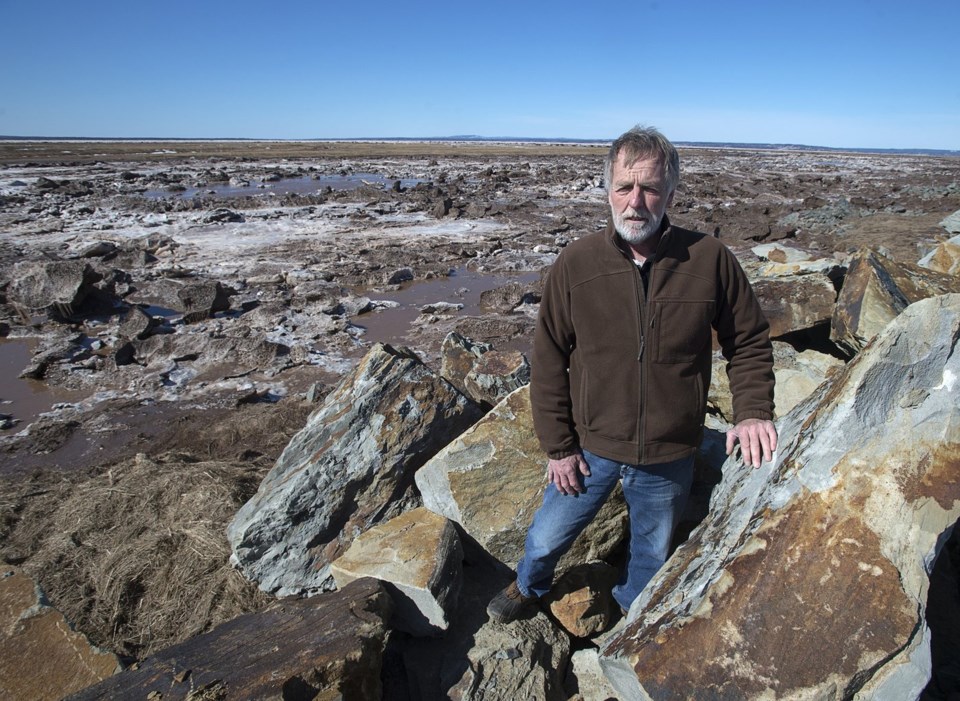HALIFAX ΓÇö Organizations representing Acadians in Atlantic Canada are proposing the Chignecto Isthmus, which links New Brunswick and Nova Scotia, be turned into a national park.
The proposal is contained in a brief submitted this month to the Senate committee currently considering a bill that, if passed by Parliament, would make Ottawa responsible for work to protect the narrow low-lying land corridor. The Fédération acadienne de la Nouvelle-Écosse and the Société Nationale de l’Acadie were also part of the brief submitted to the standing committee on transport and communications.
In an interview Wednesday, Nicole Arseneau-Sluyter, acting president of the Société de l’Acadie du Nouveau Brunswick, said the national park designation would help protect an area of cultural significance to Acadians.
“The Acadians built the aboiteaux and dikes …. and a lot of Acadians irrigated the marshland, and there was a lot of trade from there with Europe,” said Arseneau-Sluyter. She added that her organization believes it’s up to the federal government to bolster the current infrastructure against the effects of climate change.
The isthmus has had large dikes since 1671, when Acadian settlers arrived, and there are currently about 35 kilometres of dikes that help protect roads, railways, farms and communities.
Arseneau-Sluyter said the national park idea also makes sense because of the number of national historic sites that are already in the area, including Fort Beausejour-Fort Cumberland National Historic Site in New Brunswick and the Fort Lawrence and Beaubassin sites in Nova Scotia.
ΓÇ£At this point we have just planted the seed,ΓÇ¥ she said. ΓÇ£There are a lot of different ways this can go, but if it becomes a national park the federal government would become responsible to fix the problem with the rising waters.ΓÇ¥
Both the Nova Scotia and New Brunswick governments want Ottawa to foot the bill for the estimated $650-million infrastructure project, but the federal government has said it will only cover half the cost. The work would strengthen the dike system and rail line against rising sea levels.
The political squabble over who should pay remains contentious after the Nova Scotia government began legal proceedings last July to determine whether the federal government has exclusive responsibility to maintain structures along the corridor.
The back-and-forth continued earlier this month, after Nova Scotia Premier Tim Houston noted OttawaΓÇÖs acquisition of the Quebec Bridge and its commitment to spend $1 billion over the next 25 years to repair, repaint and maintain the Quebec City span. Houston said he wanted to see consistent criteria applied to federal funding of important transportation links.
In their submission to the Senate committee, the Acadian groups also noted the importance of the Quebec Bridge purchase and linked it to funding for the isthmus.
ΓÇ£This is an important road and railroad that connects Nova Scotia to the rest of Canada,ΓÇ¥ said Arseneau-Sluyter.
This report by The Canadian Press was first published May 29, 2024.
Keith Doucette, The Canadian Press




